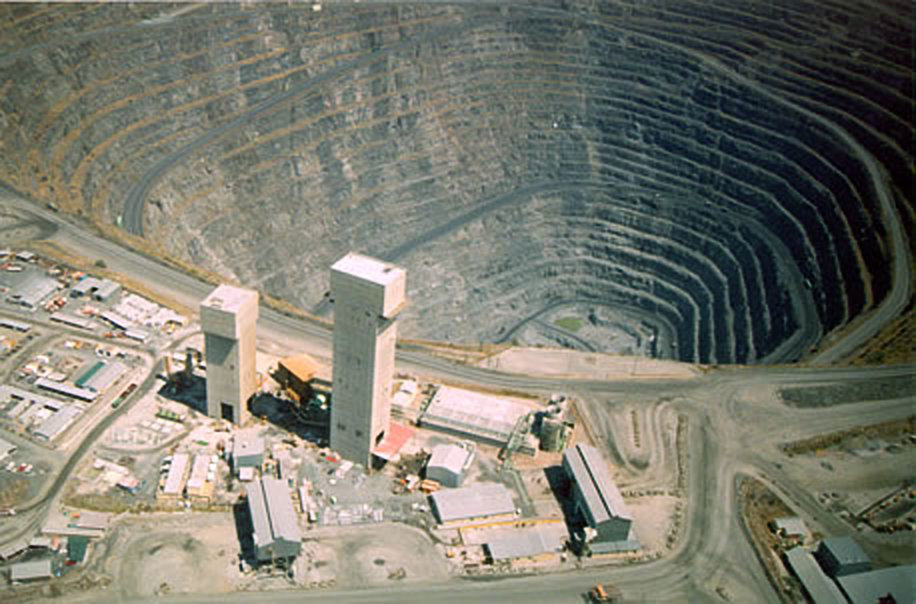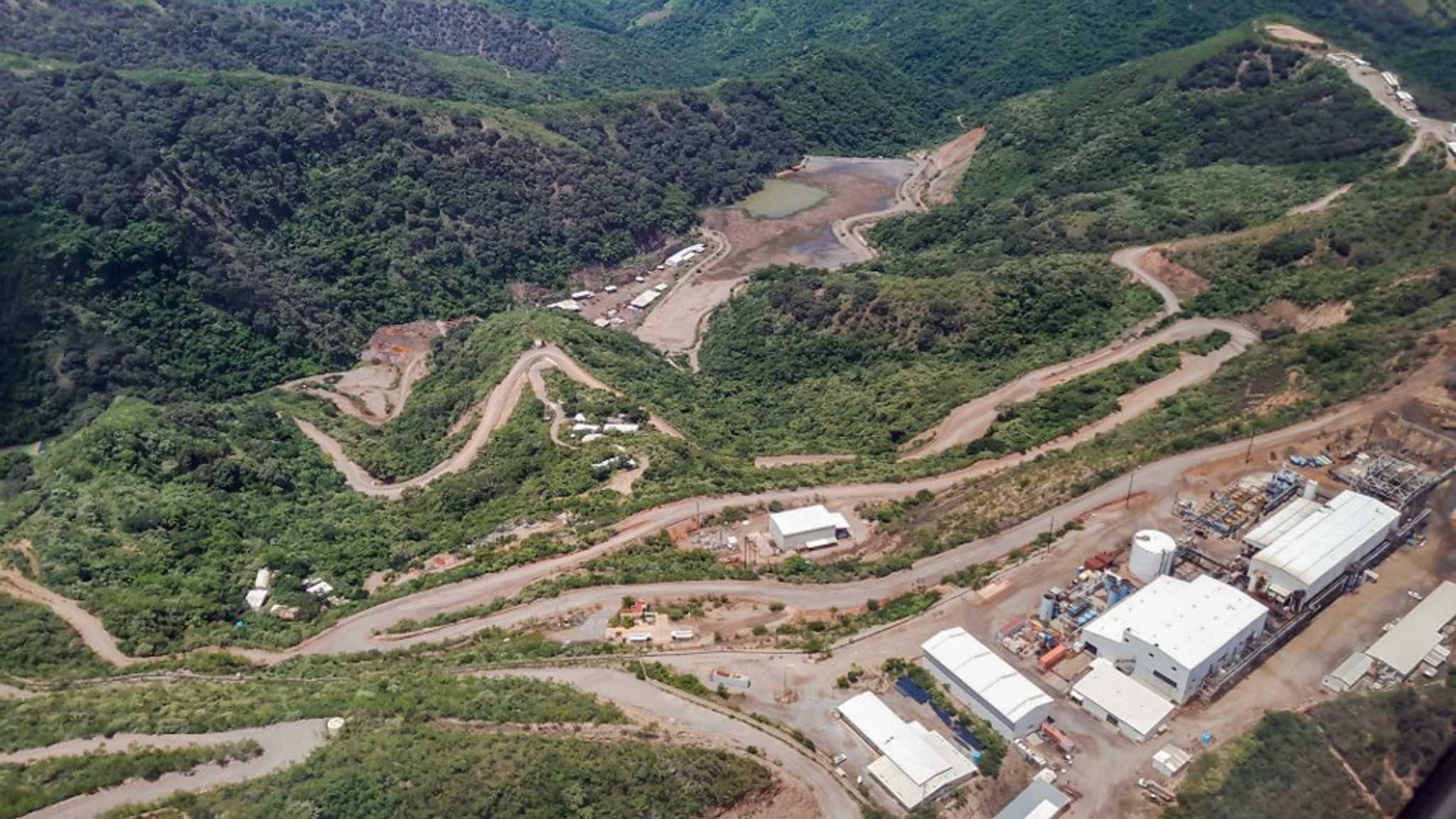Sunday’s accident brings the industry’s total to at least 54 and is the second-worst incident this year after seven people died at a Sibanye Gold Ltd. mine when an earth tremor cased a rockfall. The incident will be investigated by the Department of Mineral Resources, Minister Gwede Mantashe said.
“These deaths add to an already-high number of lost lives in the industry since the beginning of the year,” Mantashe said in an emailed statement.
South African mining fatalities increased last year for the first time in a decade and, six and a half months into 2018, the industry is on pace for the most deaths since the 112 reported in 2012. While the toll is still far below the 553 recorded in 1995, the trend poses questions about the future of mining in South Africa, as workers follow depleting orebodies deeper in a country that’s been mined commercially for over a century.

A focus on safety this year has mainly fallen on Sibanye, the nation’s biggest gold mining employer, whose operations account for 21 deaths so far. Sibanye, labor unions and the DMR last month pledged to form a plan of action to address health and safety.
“We want more accountability” and other measures in order to improve safety, Joseph Mathunjwa, president of the Association of Mineworkers & Construction Union, said by phone Monday.
“We want more accountability.”
Palabora Mining operates an underground mine that produces 80,000 metric tons of copper ore a year, according to the company’s website. It was sold by Rio Tinto Group and Anglo American Plc to a consortium of investors including Hebei Iron & Steel Group Mining Co., China’s largest steelmaker, in a deal concluded in 2013.
“We vehemently condemn this kind of incident,” the National Union of Mineworkers said Monday in an emailed statement. “We further urge the DMR, which is the regulator, to play its role in ensuring that mines are safe and put the safety of the mineworkers as a priority.”
(By Paul Burkhardt and Felix Njini)


Comments